When the weather is nice, a bicycle is a great way to get around Tokyo. And the good news is that you do not have to look for a specialty store. You can grab a bicycle off the street. Under certain conditions.
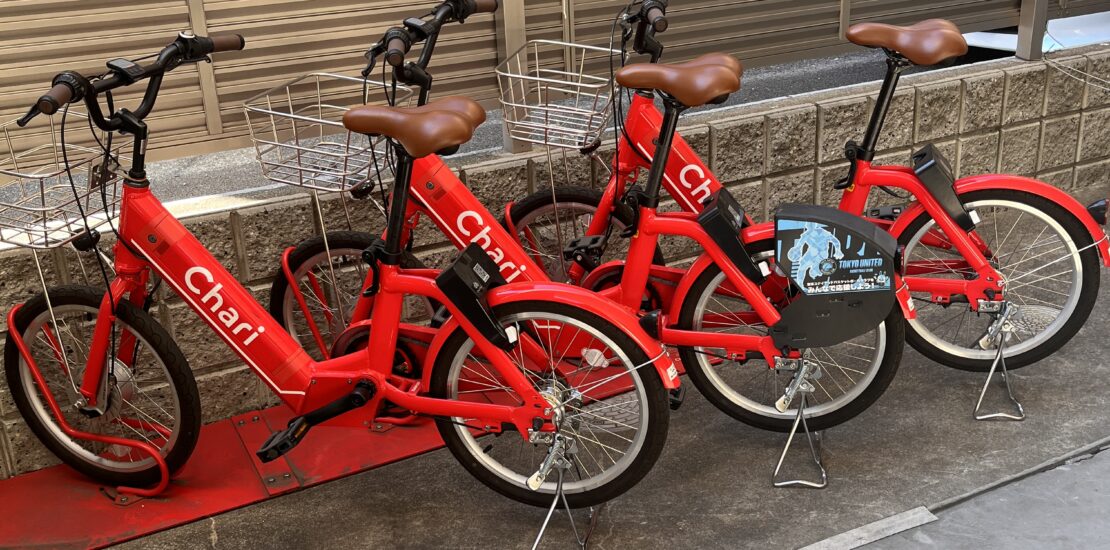
Tokyo has a relatively mild climate all year round. In winter, especially towards the end of winter, temperatures can creep down to a couple of degrees below zero centigrade, although rarely for more than a couple of days.
Bicycle Riding in the Snow Happens
And there can be snow. Usually, it is at the end of February or the beginning of March, and in most years, only a few flakes are sifting down from a cloudy sky. But it does happen that the capital gets more than a few centimeters of snow, and if combined with a cold spell, the snow will stay on the ground for a few days, causing chaos in the Tokyo traffic. This is not a good time to attempt to ride a bicycle on the streets of Tokyo, the risk of accidents is many times higher thanks to slipping, wheels suddenly losing traction, and brakes not working.
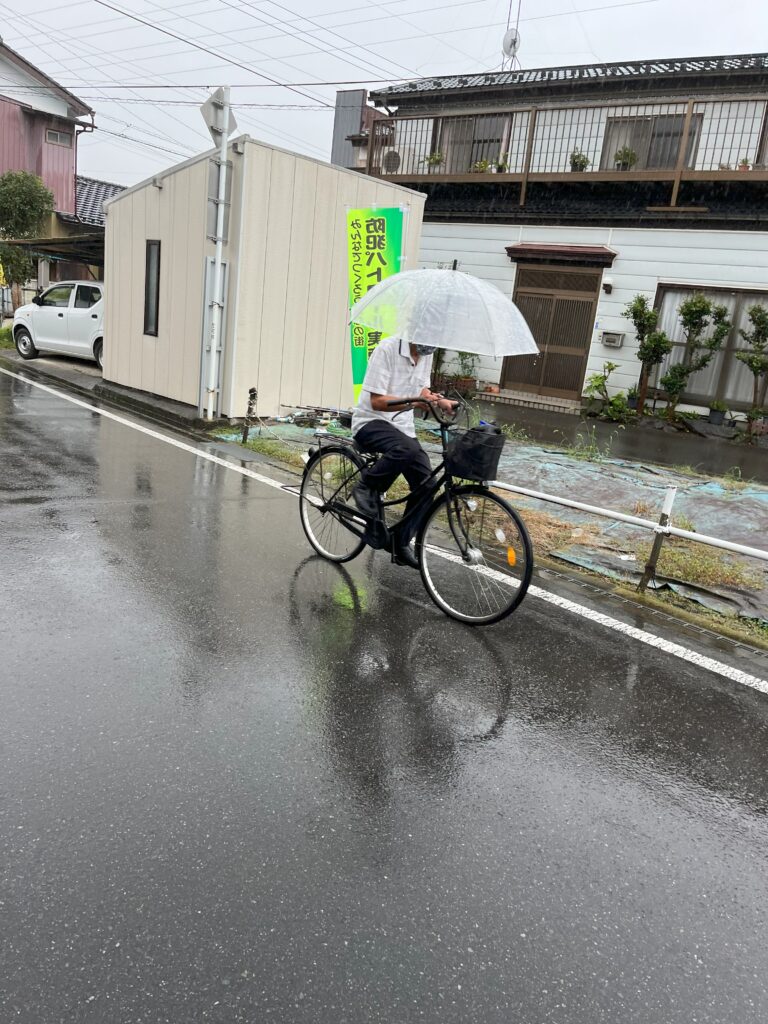
Nor are the days of torrential rain during the rainy season from mid-May to the end of June. And after the rainy season comes the typhoon season, with winds making walking impossible, and horizontal rain.
Typhoon exceptions
But different from the rainy season, when it rains every day, the typhoons are not a daily occurrence. It can be a week or more between them (although it has happened that the typhoons come within a few days of each other). The typhoon does not have to pass directly over Tokyo to be a problem, either. Depending on the strength of the typhoon, its passage out to sea or crossing Japan as far west as Osaka might bring rain and winds that make cycling untenable.
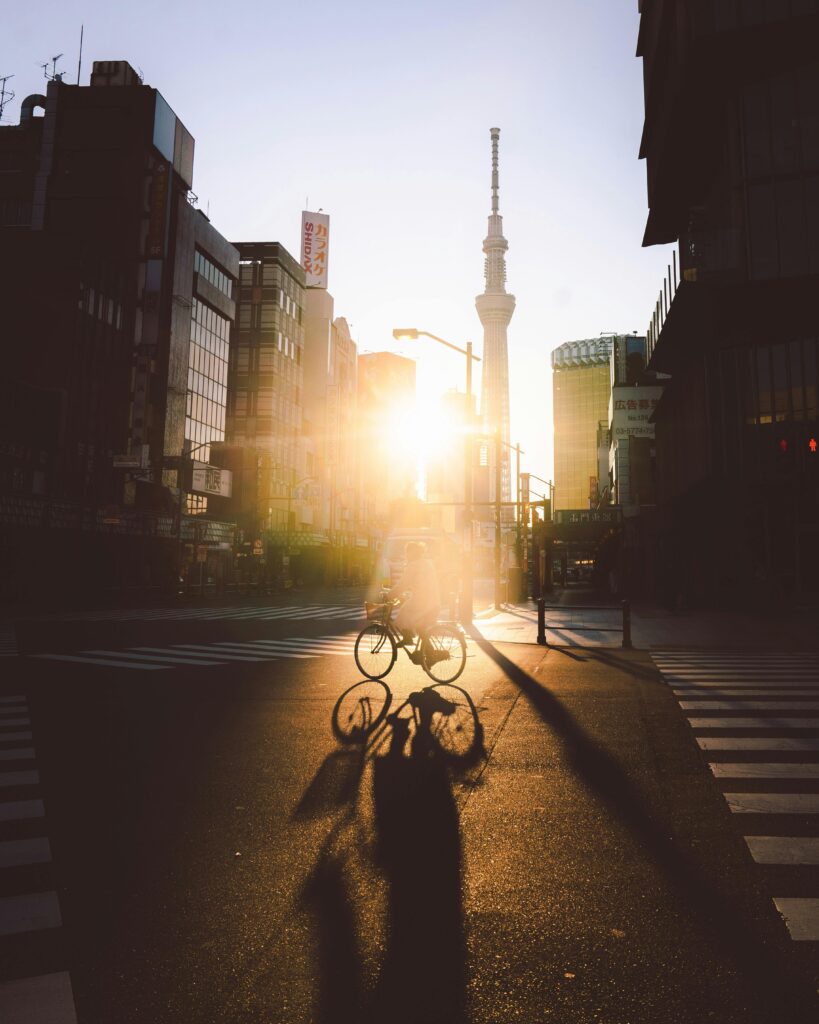
On days with nice weather (without rain or strong winds), the Tokyo streets are full of motorcycles and vespa-style small bikes weaving through traffic, as well as bicycles and electric scooters.
Three Ways to a Bicycle
To ride a motorcycle in Japan, you need a motorcycle license. If you have it in your home country, it will automatically be reflected in your International Driving Permit (IDP), and you can rent motorbikes and go touring. But without a motorcycle IDP, your options for self-propelled transport are much more limited.
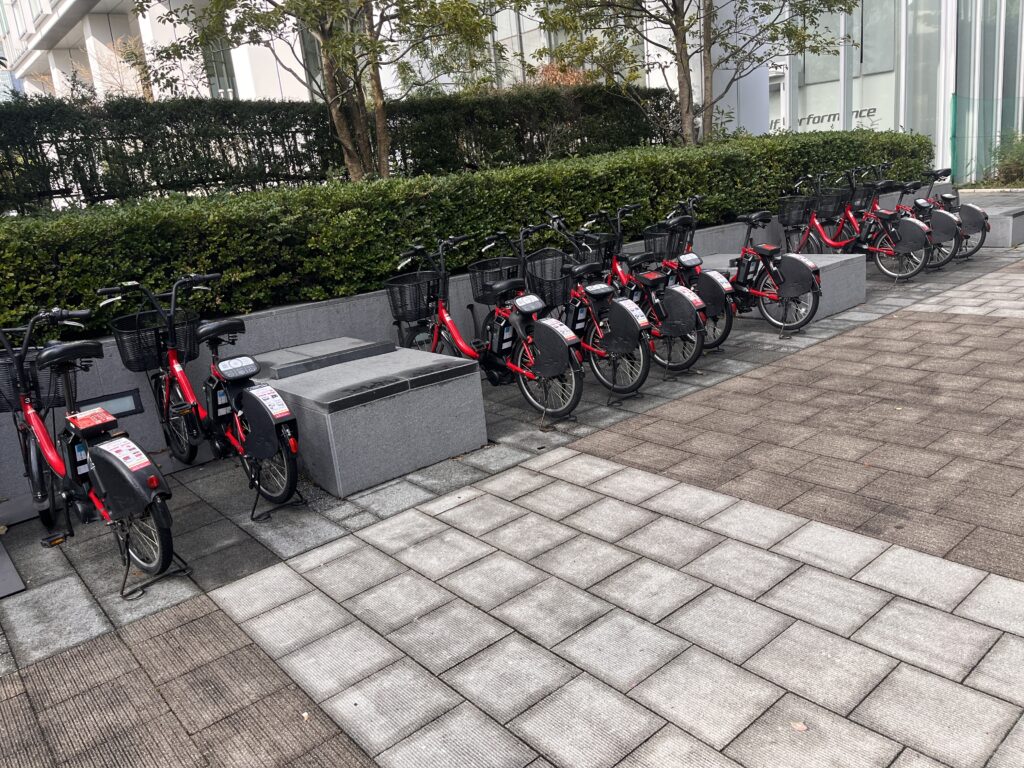
There are three ways you can rent a regular bicycle in Tokyo. You can rent one from a Luup or Voi or other bicycle rental stand using the app; you can rent one from a Docomo stand using your mobile phone (which has to be a Japanese mobile phone), or you can rent your bicycle from a specialist store. There are also electric stand-up scooters available.
Rental Bicycle Stands
Ten years ago, there were no rental bicycle stands in Tokyo. But in the time since, the people of Tokyo have embraced the rental bicycles as a quick and easy means of transportation when you are going somewhere in the city that is too far to walk, and want to avoid the expense if a taxi. To a lesser extent, the same is true of stand-up scooters, but since their speed is limited (unless you have a driver’s license), they do not have the same appeal.
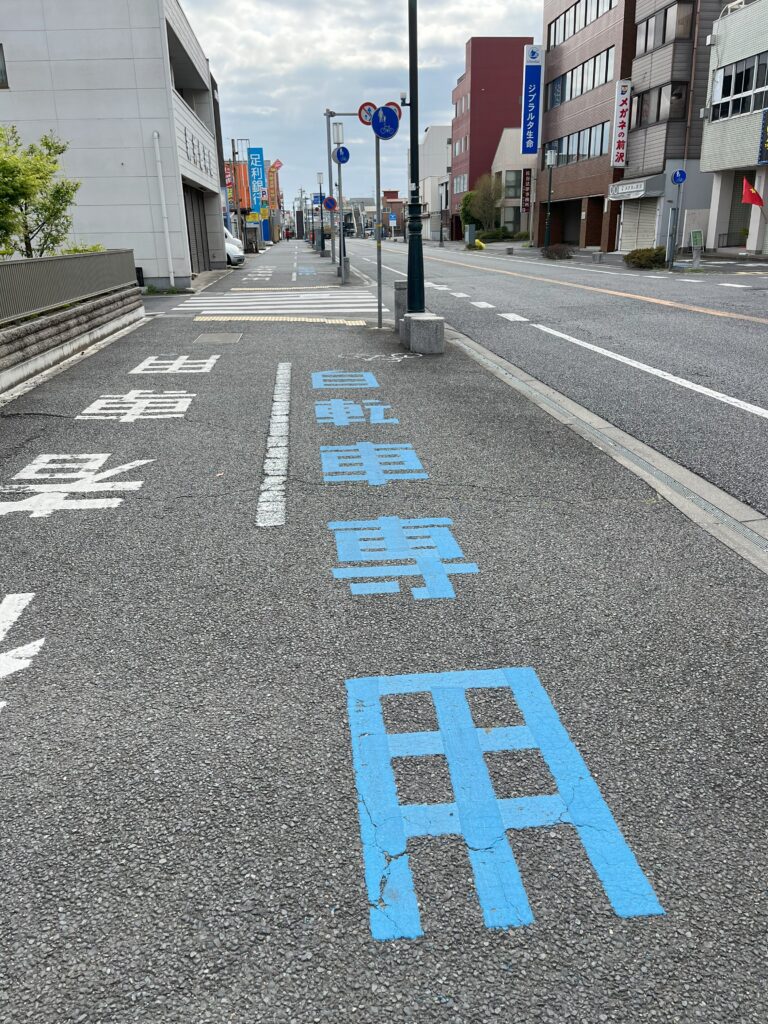
Businessmen, housewives, and most people in a hurry who can not or will not bring their own bicycles use the rental bicycles, since they are easily available and not very expensive. It probably helps that you are not able to bring bicycles on trains (you can, but only if they are packaged in a special way; and it would not be possible during rush hour).
Mobile Phone-Operated Bicycle Stands
The most common rental stands are run by Docomo, otherwise known as the biggest mobile phone company in Japan. Bicycle rental started as a PR gimmick but has become a viable business on its own.
While the Docomo stands are more or less ubiquitous, other rental companies are not far behind. Most of them offer bicycle rental from street-side stands, and Luup, a scooter rental company, also offers bicycle rental.

The bicycles (and scooters) are all rented the same way, using a mobile app. However, you can not install it unless you have a Japanese phone — or at least a SIM. Traveling e-SIM might not work; you need to change the primary phone number or get a Japanese phone. The registration requires a Japanese phone number.
Ride the street
Once you have registered and downloaded the app, you can go ahead and unlock a bicycle. The lock is an IoT mobile. It is possible to sign up for a one-day pass, and it doesn’t matter if you change bicycles.
Bicycles in Japan count as vehicles, so you are supposed to ride on the left side of the street (although it is very common to ride on the pavement, it is not really allowed). Like all road users, cyclists have to follow the rules of the road. This means stopping at red lights — and stop signs. At night, you are supposed to use the bicycle lights (the rental bicycles are always well checked and their lights work).
Bicycle Accident Responsibility
Since bicycles are vehicles, the driver is responsible if there is an accident. You had better make sure your insurance covers this, since hospital care in Japan can be very expensive, and you risk becoming liable for the hospital care of other people involved in an accident as well.
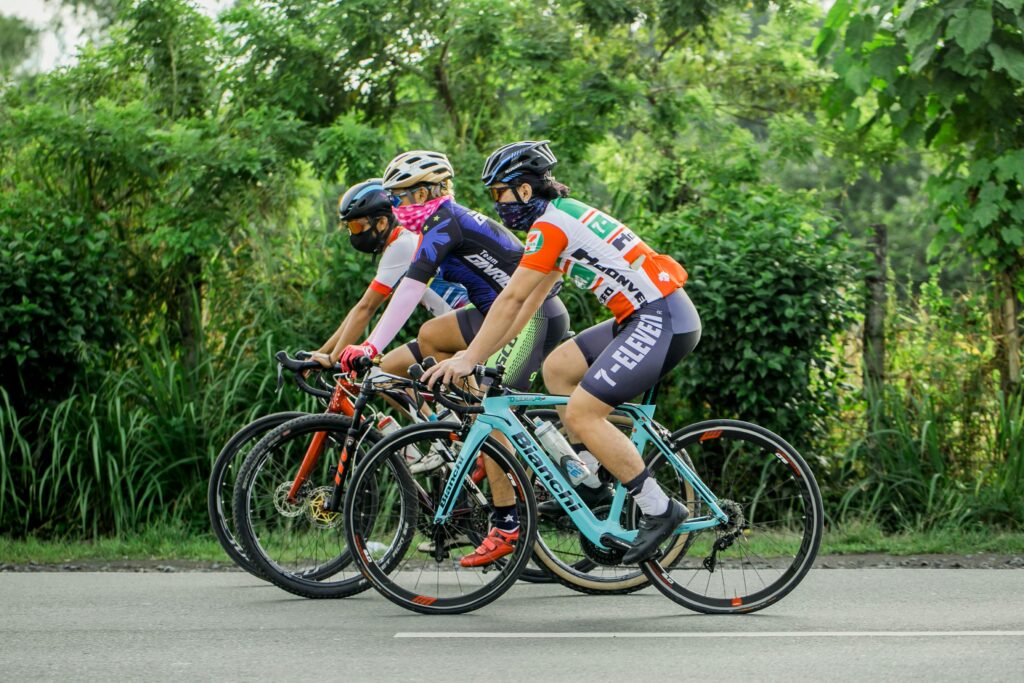
Remember two more things that Japanese cyclists disrespect extremely frequently, but which will make you liable if there is an accident. You are not supposed to ride while under the influence of alcohol, and you are not supposed to ride while using a smartphone. This is a lot more dangerous than walking and using a smartphone, since you are moving much faster but will be equally distracted. If not more.
No children’s bicycles
The bicycles in the street stands are not for children. You need to be over 145 cm to ride the Docomo bicycles, and other operators have similar requirements. And you are supposed to wear a bicycle helmet (although this is often ignored as well).
There is a way to rent both bicycles with child seats and helmets, and that is to go to a specialty store. There are stores that will rent both ”mamachari” — a conflation of ”mama” and ”chariot” — and sports bicycles with carbon frames.
Stay tuned for more exciting content like this! Follow us on our social media platforms and check out our blog regularly to stay updated on the latest news, trends, and insider stories from Japan. Don’t miss out on future updates—sign up for our newsletter for exclusive content delivered straight to your inbox!



